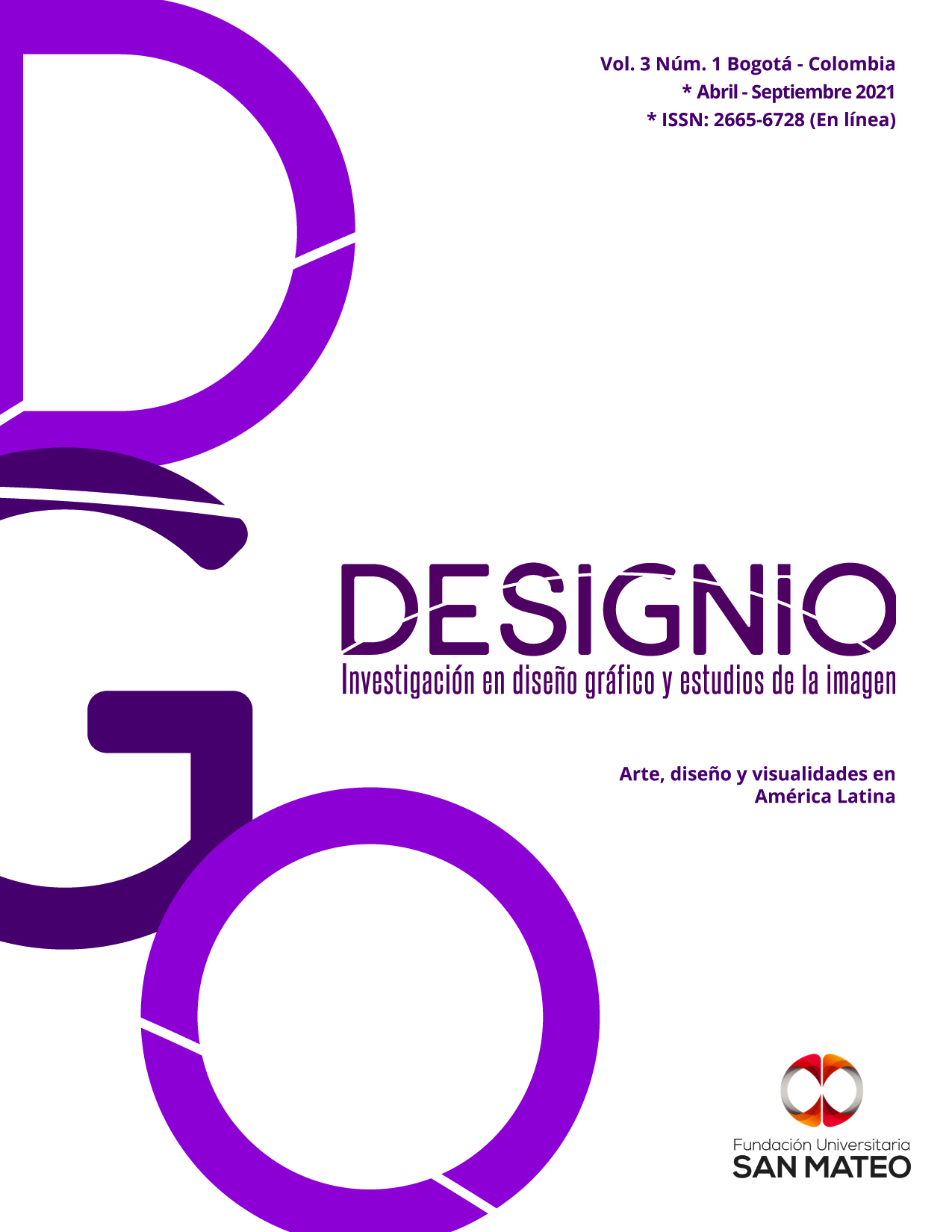The nation images. the art as a form of Ecuador social representation (1902-1941)
Main Article Content
Abstract
The present paper analyzes the construction of the social subjects - social ac-tors- that constitute the nation, not egarding the hegemonic discourses of traditional history or the narratives with which in the hands of diverse actors (white-mestizos) the State seeks to highlight the spirit of the nation through the places of memory and ritual practices. Rather, it will focus on who were the subjects of inspiration for some ecuadorian artists in the first half of the 20th century, as these artists built a new sense of who were the subjects of the nation, particularly for those who consumed pictorial art nationally and internationally. It will therefore focus on three (3) artists and only three (3) of their works: Joaquín Pinto “Orejas de palo” (1902), Camilo Egas “Camino al mercado” (1922-1923) and Eduardo Kingman “Los guandos” (1941) representative works of costumbrismo, indigenismo and social realism (respectively).
Downloads
Article Details

This work is licensed under a Creative Commons Attribution-NonCommercial-NoDerivatives 4.0 International License.
References
Bauer, A. (2002). Somos lo que compramos: Historia de la cultura material en América Latina. Ciudad de México: Taurus.
Checa Ron, S. (2016). Prostitución femenina en Quito: actores, perspectiva moral y enfoque médico (primera mitad del siglo XX). Procesos revista ecuatoriana de historia, N.° 43, 121-146.
Fitzell, J. (1994). Teorizando la diferencia en los Andes del Ecuador: viajeros europeos, la ciencia del exotismo y las imágenes de indios. En B. Muratorio, Imágenes e imagineros: representaciones de indígenas ecuatorianos, siglos XIX y XX (págs. 47-73). Quito: FLACSO.
Greet, M. (2007). Pintar la nación indígena como una estrategia modernista en la obra de Eduardo Kingman. Procesos: Revista Ecuatoriana de Historia, 1(25), 93-119. https://doi.org/10.29078/rp.v1i25.193.
Kingman Garcés, E. (2008). La ciudad y los otros 1860-1940: Higienismo, ornato y policía. Quito: Flacso / Universitat Rovira i Virgili.
Laso, J. D. (2017). La huella invertida: antropologías del tiempo, la mirada y la memoria. La fotografía de José Domingo Laso 1870-1927. Montevideo: CDF.
Pérez, T. (2010). Las floristas y el Sanjuanito. En V. Coronel, Celebraciones centenarias y negociaciones por la nación ecuatoriana (págs. 23-75). Quito: 2010.
Pratt, M. L. (1997). Ojos Imperiales. Literatura de viajes y transculturación. Buenos Aires: Universidad Buenos Aires; Nacional de Quilmes.
Sevilla, A. (2013). El Ecuador en sus mapas: Estado y nación desde una perspectiva espacial. Quito-Ecuador: FLACSO.
Stephan, B. G. (2014). Las Tarjetas de visita: racialidad y disciplinamiento de ciudadanías blanqueadas en la pardocracia venezolana pos independentista. En S. Schuster, La nación expuesta: Cultura visual y procesos de formación
Troya, A. K. (2015). Elites y la Nación en Obras visuales y arquitectura del Ecuador 1840-1930. Cuenca: Universidad de Cuenca.

